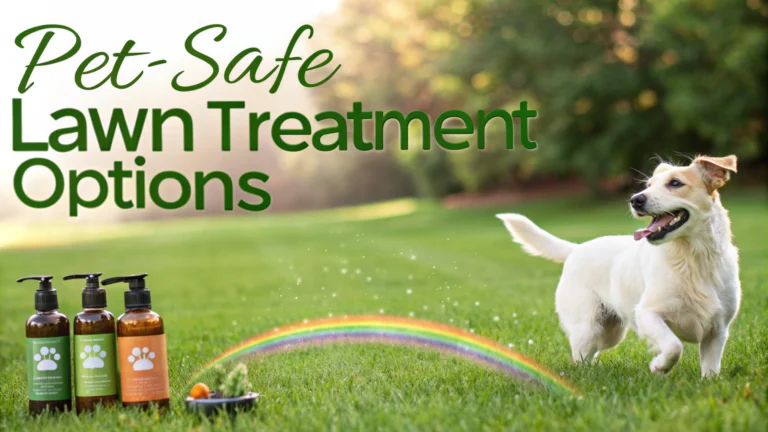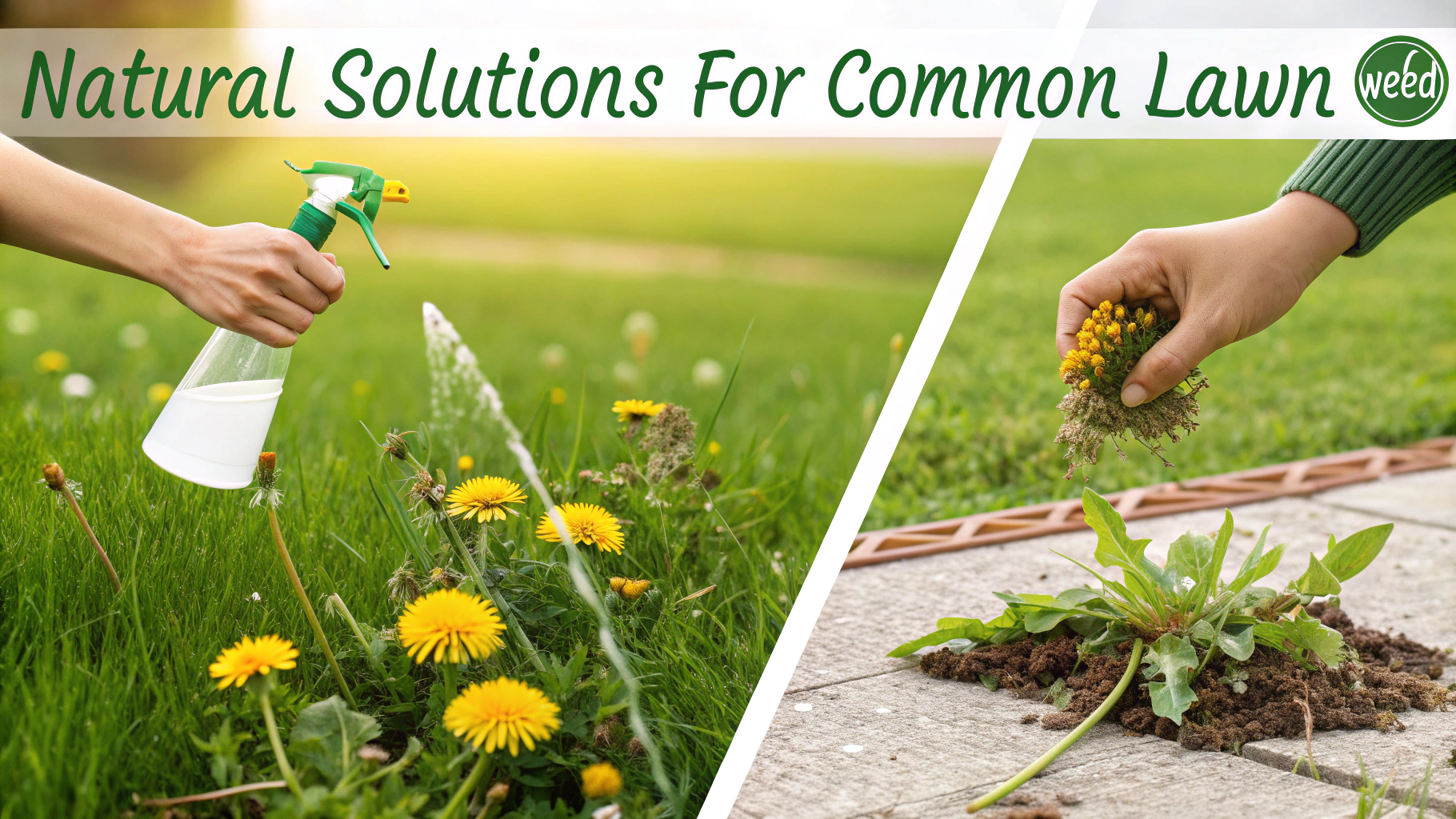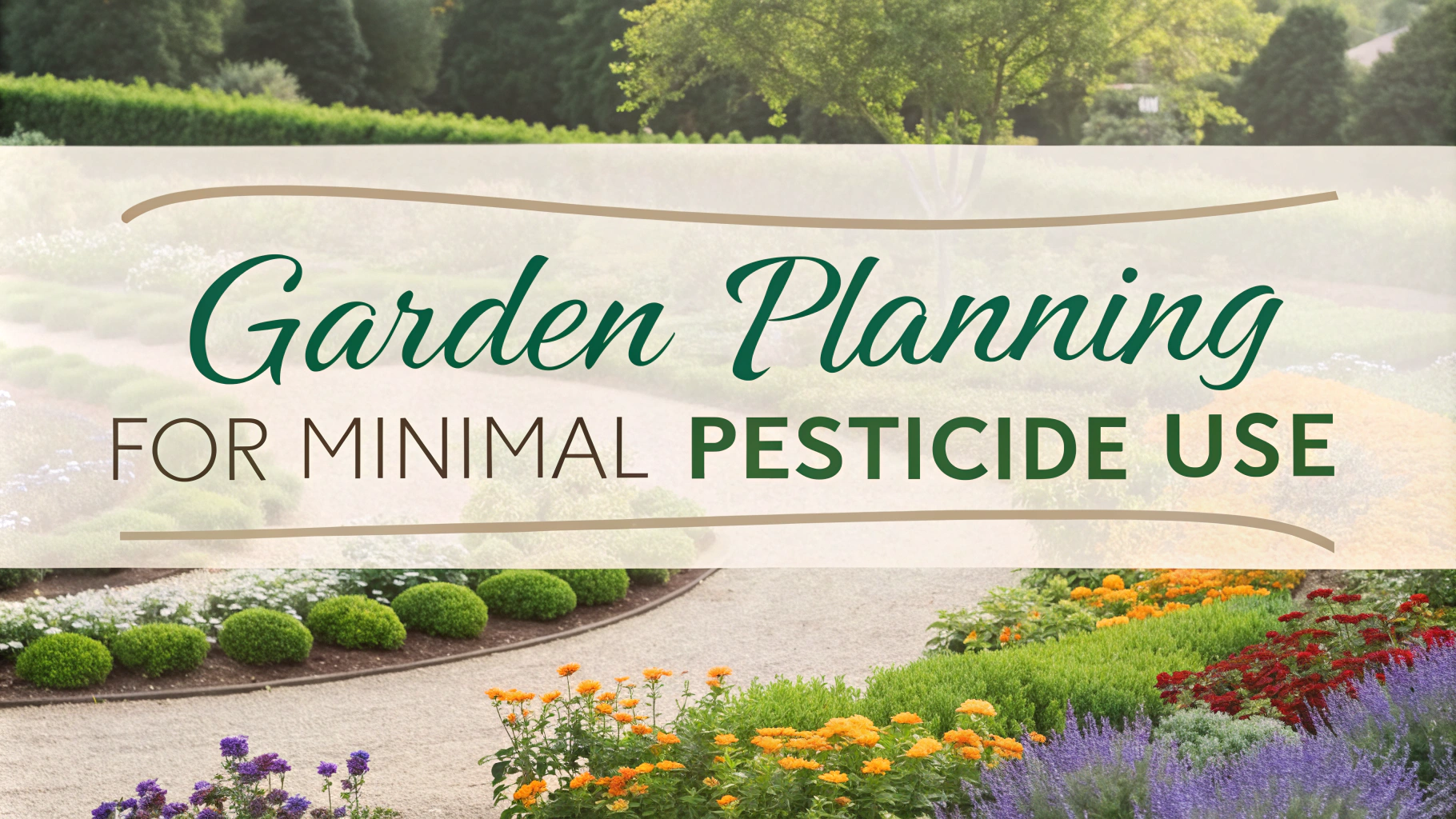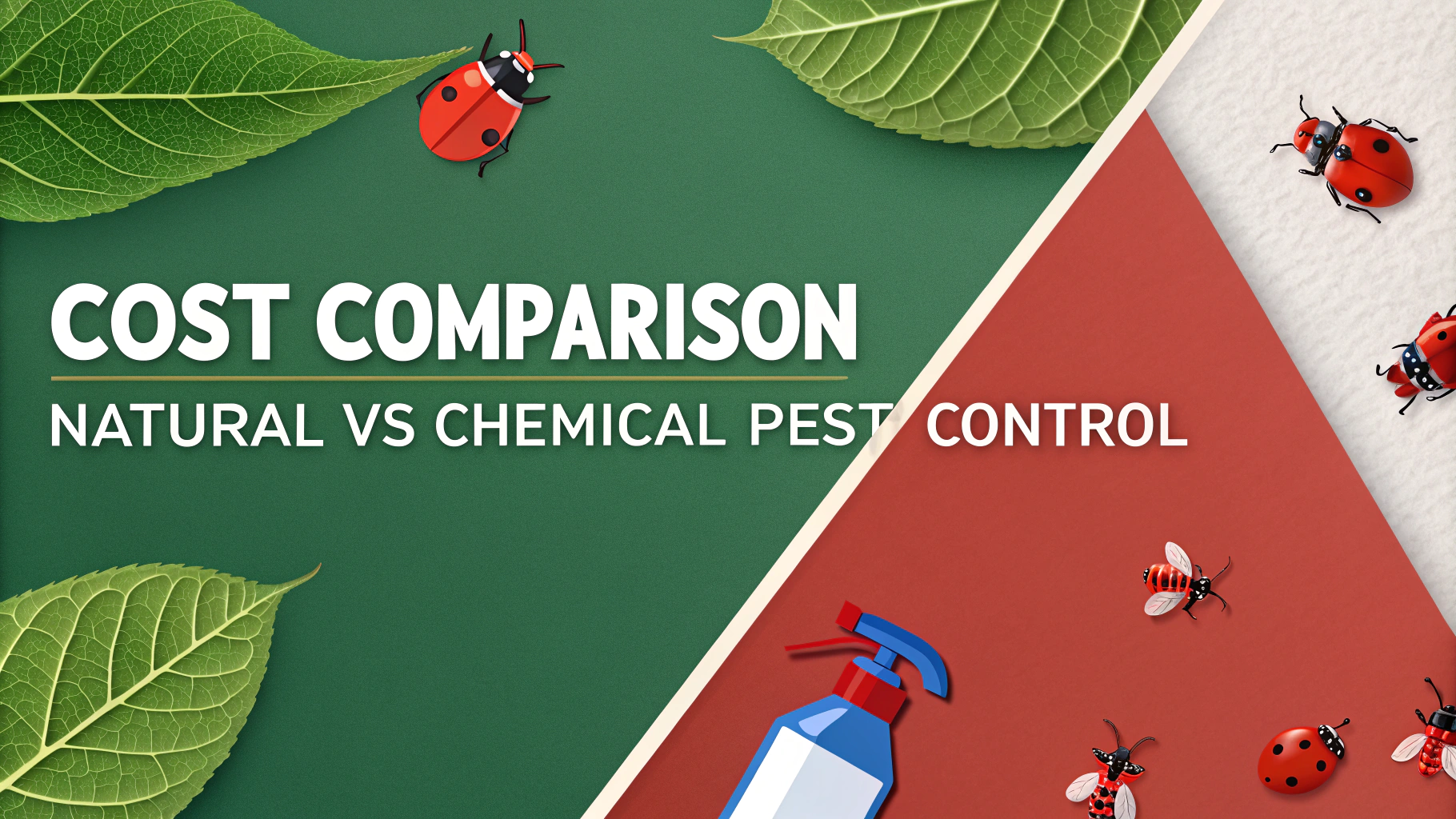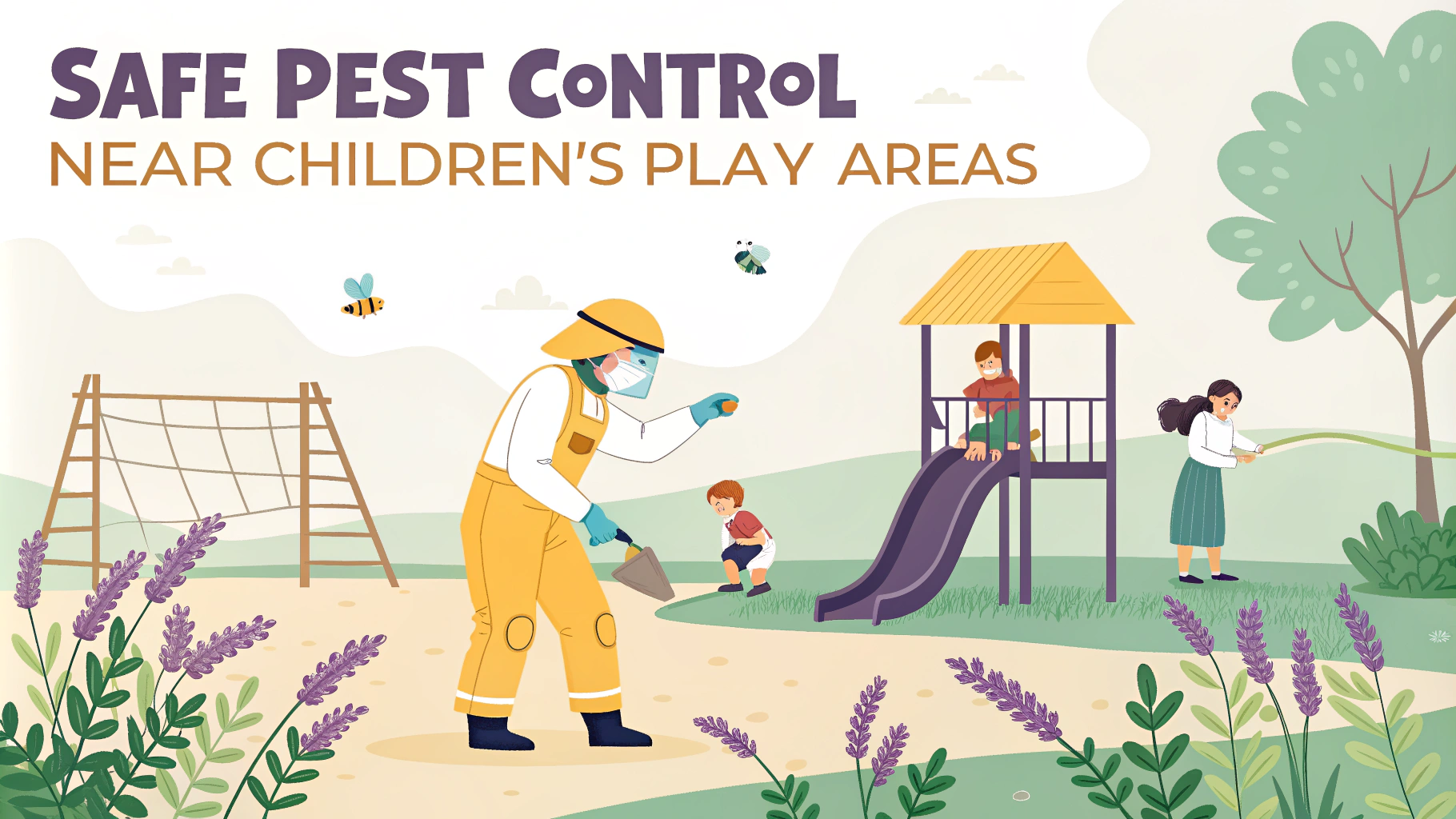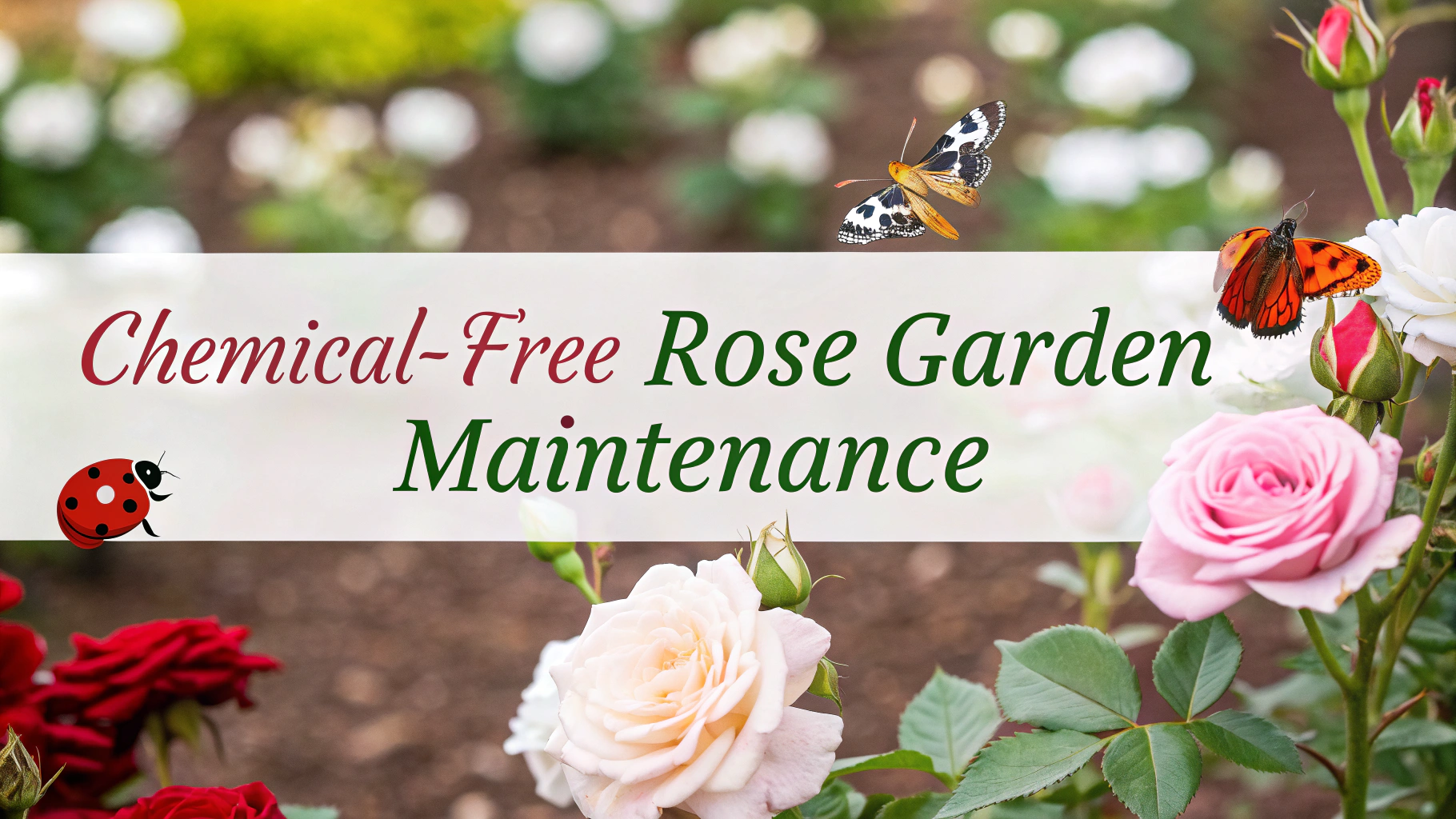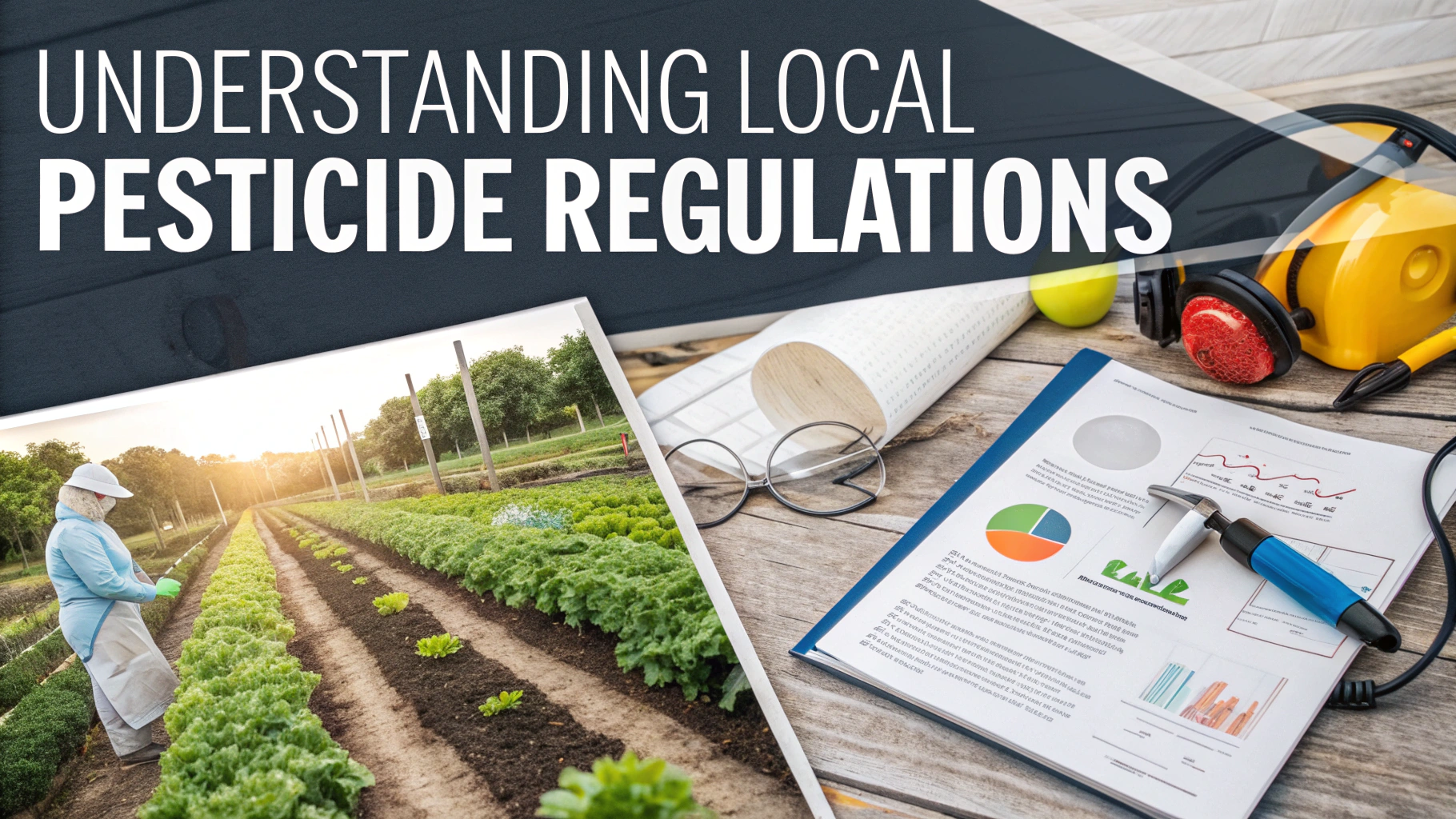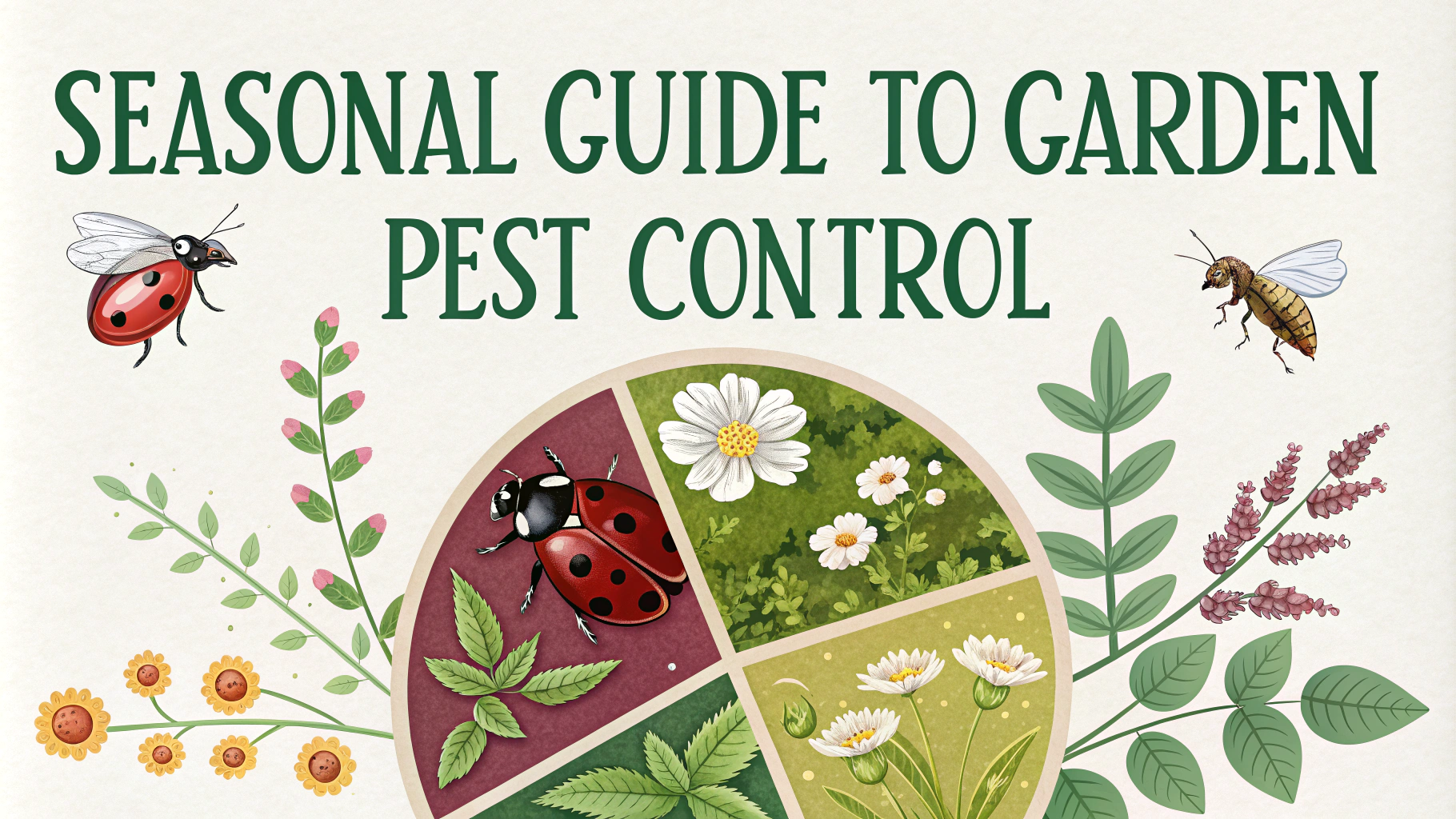Creating a pet-safe lawn requires careful consideration of treatment methods that won’t harm your four-legged family members.
Natural Lawn Care Solutions
Corn gluten meal serves as an organic pre-emergent herbicide that prevents weed seeds from sprouting while being completely safe for pets.
Nematodes, microscopic worms that naturally control grub populations, offer a chemical-free solution for pest management.
- Vinegar solution (1:1 ratio with water) for spot-treating weeds
- Beneficial insects like ladybugs for natural pest control
- Overseeding with pet-resistant grass varieties
- Manual weed removal using tools
Safe Commercial Products
| Product Name | Safe After | Best Use |
|---|---|---|
| Garden Safe Brand Neem Oil Extract | 24 hours | Pest control |
| EcoSMART Organic Lawn Insect Killer | Immediate | Bug control |
| Dr. Earth Final Stop Weed & Grass Killer | When dry | Weed control |
Lawn Maintenance Tips
- Mow grass at 3 inches height to naturally suppress weeds
- Water deeply but less frequently to encourage strong root growth
- Test soil pH annually and adjust with pet-safe amendments
- Create designated pet paths to minimize lawn damage
Warning Signs
Keep pets off treated areas until completely dry, even when using natural products.
Store all lawn products, natural or commercial, in sealed containers out of pet reach.
Emergency Contact Information
ASPCA Animal Poison Control Center: (888) 426-4435 (available 24/7)
Pet Poison Helpline: (855) 764-7661 (available 24/7, fee applies)
Best Practices Timeline
- Spring: Apply corn gluten meal before weed emergence
- Summer: Spot treat with pet-safe herbicides early morning
- Fall: Overseed with pet-resistant grass varieties
- Winter: Plan next season’s treatment schedule
Regular monitoring of your lawn’s condition helps identify problems early, reducing the need for extensive treatments.
Document any adverse reactions your pets show to lawn treatments for future reference.
Additional Safety Measures
Creating buffer zones between treated areas and pet play spaces provides extra protection during lawn maintenance.
- Mark treated areas with temporary flags or barriers
- Keep pets indoors during application of any treatments
- Maintain detailed records of product applications
- Consider installing pet-specific play areas with artificial turf
Common Problem Areas
Urine Spots
Address pet urine spots promptly with water dilution and pet-safe soil amendments to prevent lawn damage.
- Water affected areas immediately after pet use
- Apply gypsum to neutralize soil
- Reseed damaged patches with urine-resistant grass varieties
High-Traffic Zones
Reinforce high-traffic areas with hardy ground covers or create designated paths using pet-safe materials.
Seasonal Considerations
- Adjust treatment schedules based on local climate
- Monitor weather forecasts before applying any products
- Consider indoor alternatives during treatment periods
Conclusion
Maintaining a pet-safe lawn requires balancing effective lawn care with pet safety. Success comes through consistent monitoring, proper product selection, and preventive maintenance. Regular communication with veterinarians and lawn care professionals ensures the safest approach for your specific situation.
Remember that natural solutions, while sometimes requiring more time and effort, offer the safest long-term approach for pets and families alike. Stay informed about new pet-safe products and techniques as they become available.
FAQs
- What natural alternatives can I use instead of chemical pesticides on my lawn?
Nematodes, diatomaceous earth, neem oil, vinegar solution, and corn gluten meal are effective natural alternatives that are safe for pets. - How long should I keep pets off the lawn after applying organic treatments?
Wait until treatments are completely dry, typically 2-4 hours for most organic solutions. For neem oil applications, wait 24 hours to be extra cautious. - Which common lawn weeds are toxic to pets?
Wild mushrooms, foxtails, creeping charlie, autumn crocus, and jimsonweed are common lawn weeds that can be toxic to pets and should be removed manually. - What is the safest grass type for pets?
Buffalo grass, Kentucky bluegrass, and fescues are generally safe for pets and resistant to wear and tear from pet activity. - How can I naturally deter pests without harming my pets?
Companion planting with marigolds, citronella grass, or lavender, plus maintaining beneficial insects like ladybugs and praying mantises, can naturally control pests. - Are commercial “pet-safe” pesticides truly safe for all pets?
While labeled pet-safe products are generally safer, wait until completely dry and follow label instructions carefully. Different pets may have varying sensitivities. - What are the signs of pesticide poisoning in pets?
Symptoms include excessive drooling, vomiting, diarrhea, difficulty breathing, lethargy, and seizures. Seek immediate veterinary care if these signs appear. - How can I make my own pet-safe weed control solution?
Mix one gallon of white vinegar with one cup of table salt and one tablespoon of liquid dish soap for a natural weed killer. Apply directly to weeds, avoiding desired plants. - What time of day is safest to apply lawn treatments when you have pets?
Early morning application allows treatments to dry completely before peak pet activity times. Ensure pets remain indoors during application and drying. - How often should pet-safe lawn treatments be reapplied for effectiveness?
Natural treatments typically need more frequent application than chemical alternatives. Reapply every 2-4 weeks during growing season, adjusting based on weather and pest pressure.
